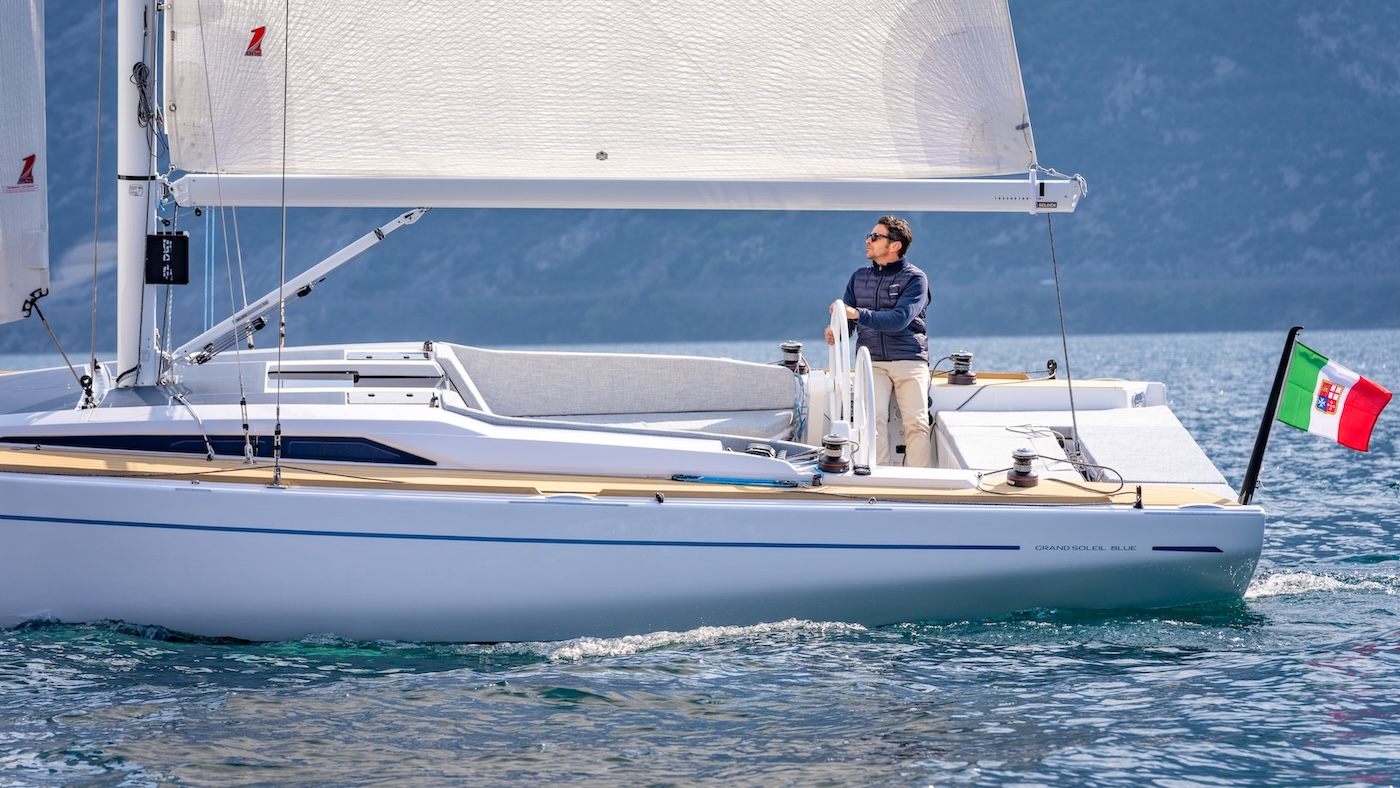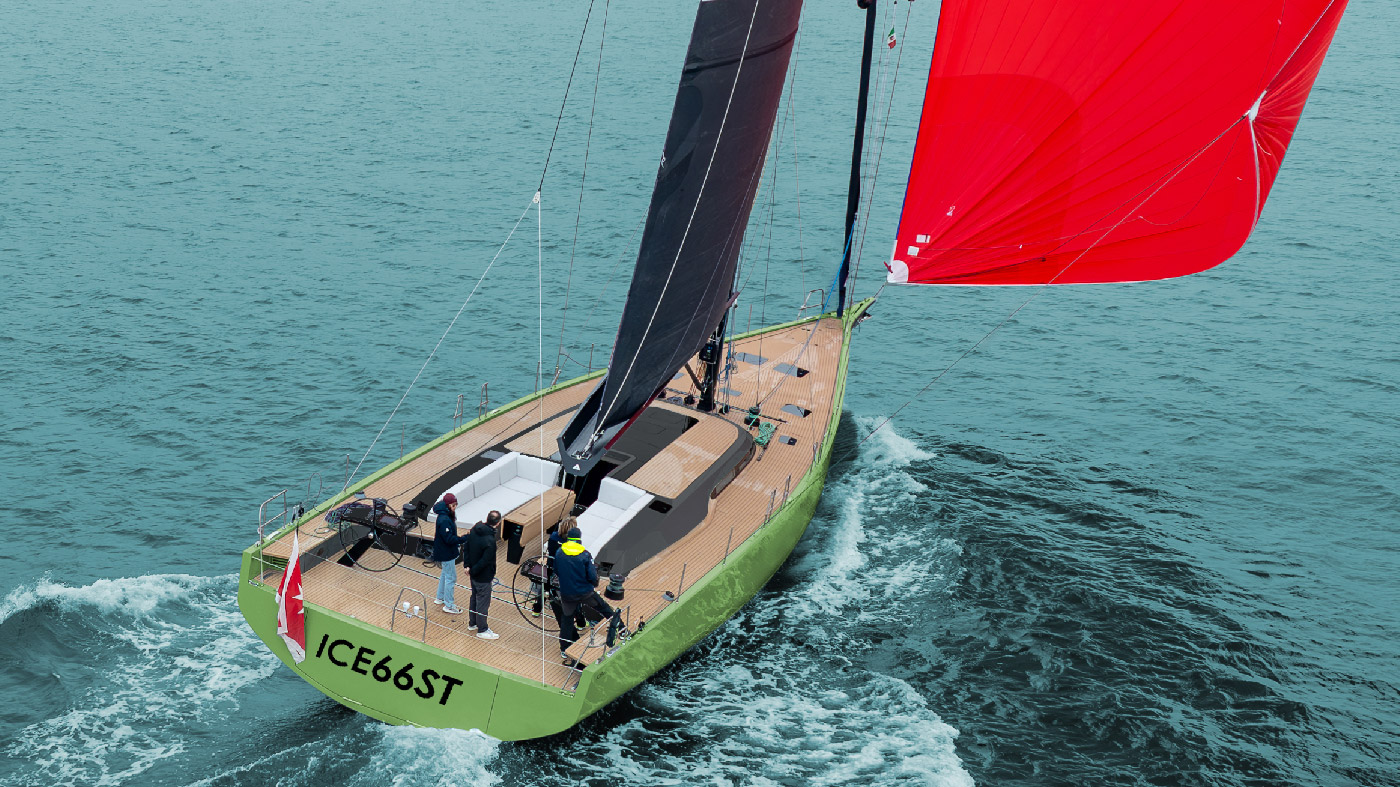In Italy, where tuna fish generally
30-pound fishing lines are generally used by experts , especially during fishing competitions, since a 30-pound capture is assigned a higher score than a capture carried out with a 50-pound fishing line. Fighting a tuna fish with a 50-pound line is, of course, significantly easier even for an unexperienced angler enjoying fishing in the quiet Italian seas, where most of fights take place against schools of fish.
However, even when using a 50-pound fishing line, something can go wrong, especially if the angler’s goal is to catch giant fish, which are commonly found in some specific spots of the Mediterranean, including southern Italy, North Africa, some areas of Spain and Portugal as well as some hot spots in the Atlantic Ocean.
If you have the opportunity to visit some of these locations, you will realize how many anglers actively go catching bluefin tuna equipped with 80-pound lines; and, since targets often consist of 200/300 kg (or more) fish, I think it is not difficult to understand why.

The same applies to terminal tackle. With an overage length of 8-9 meters, they should be made of fluorocarbon because this material is more resistant to abrasion than nylon and therefore more resistant to the force exerted by fish’s teeth; moreover, benefiting from a lower refraction degree, fluorocarbon is less visible than conventional nylon when submerged in water.
As for terminal tackle, the most recommended diameters to use range from 0.60 to 0.90 mm; the final choice will depend on the degree of transparency of waters and the overage size of fish.
For example, there’s no point using high-poundage terminal tackle if the spot offers just 30-40 kg fish: more visible and more rigid, a thicker line will only result into less efficiency and fewer fish on our hook!


























